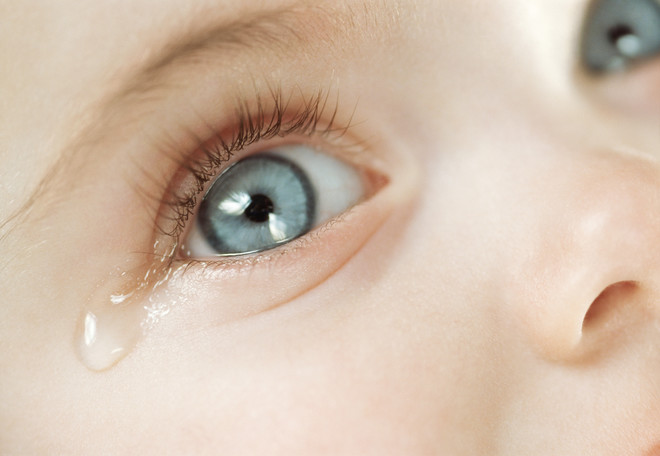Why does tear duct blockage occur?
Tears are intended by nature to cleanse andmoisturizing the surface of the eyeball. Salty fluid is produced in special glands, and from there it flows into thin ducts connected to the nose and throat. If the tear ducts are blocked, the outflow of moisture is disrupted. Probing of the tear duct in newborns is prescribed because stagnation of fluid causes the development of a microbial infection and inflammation. Probing of the lacrimal canal in newborns– safe procedurePhoto: Getty Blockage of the tear ducts can be congenital or develop a few days after birth. The prerequisites for the disease are created when the baby is still in the mother's womb. At this time, the outlets of the ducts are covered with a thin film. It protects the lacrimal apparatus from amniotic fluid. When the newborn's lungs first fill with air, the film bursts. Sometimes the natural process is disrupted, and mucus plugs remain in the tear ducts. Congenital blockage is observed in 5% of all newborns. One or both eyes can be affected. At first, the body reacts to the disorder with swelling of the eyelids, redness, and lacrimation. Then the duct begins to fester, and a high temperature rises. Feeling discomfort, the child behaves restlessly, often cries.
Probing of the lacrimal canal in newborns– safe procedurePhoto: Getty Blockage of the tear ducts can be congenital or develop a few days after birth. The prerequisites for the disease are created when the baby is still in the mother's womb. At this time, the outlets of the ducts are covered with a thin film. It protects the lacrimal apparatus from amniotic fluid. When the newborn's lungs first fill with air, the film bursts. Sometimes the natural process is disrupted, and mucus plugs remain in the tear ducts. Congenital blockage is observed in 5% of all newborns. One or both eyes can be affected. At first, the body reacts to the disorder with swelling of the eyelids, redness, and lacrimation. Then the duct begins to fester, and a high temperature rises. Feeling discomfort, the child behaves restlessly, often cries.
How is lacrimal duct probing performed in newborns?
First, doctors prescribe conservative therapy - massage and antibiotic drops. If this does not help, it is necessary to wash the ducts with a probe. The procedure is performed in 4 stages:
The doctor's manipulations cause a loud noise in the babycrying. However, he does not feel severe pain, but screams from fear and discomfort. Reviews of probing the tear duct in newborns are only positive. Parents of young patients note that the procedure lasts only 5 minutes, and the results are noticeable after a week. After a month, the baby's eyes will be completely fine. Read on:









